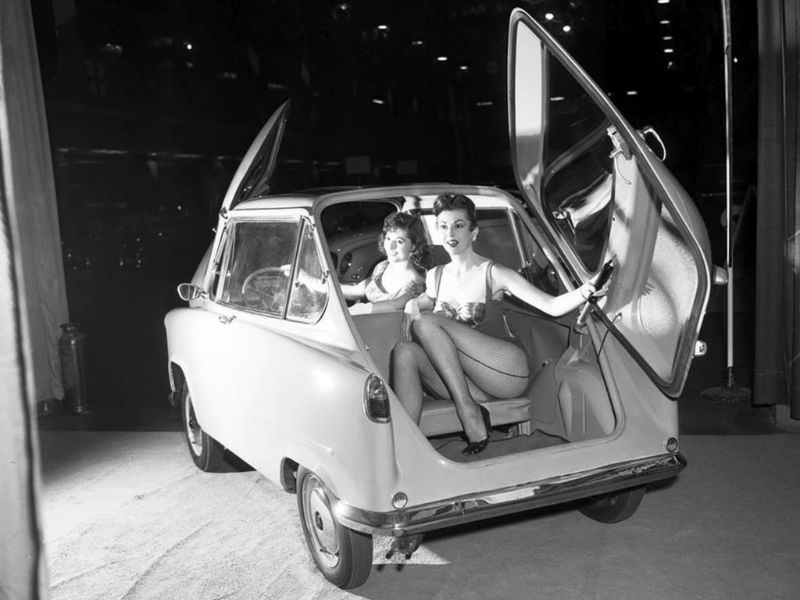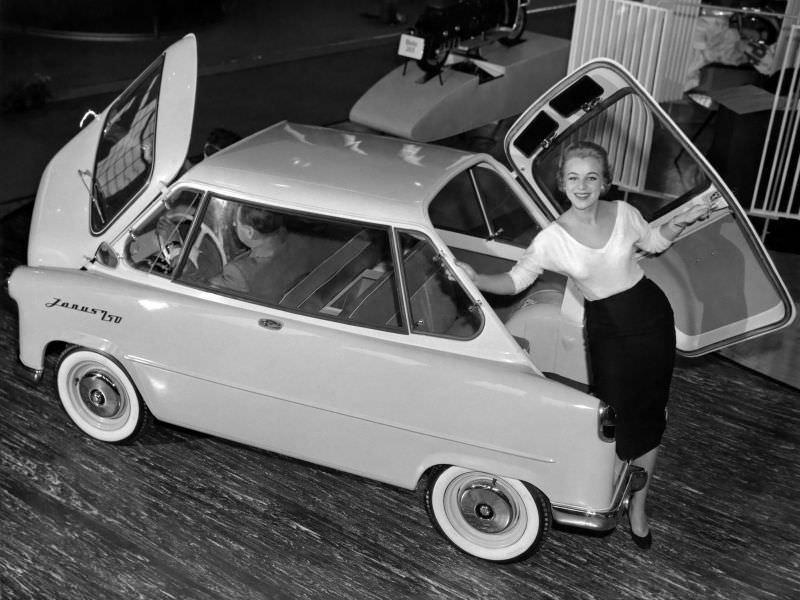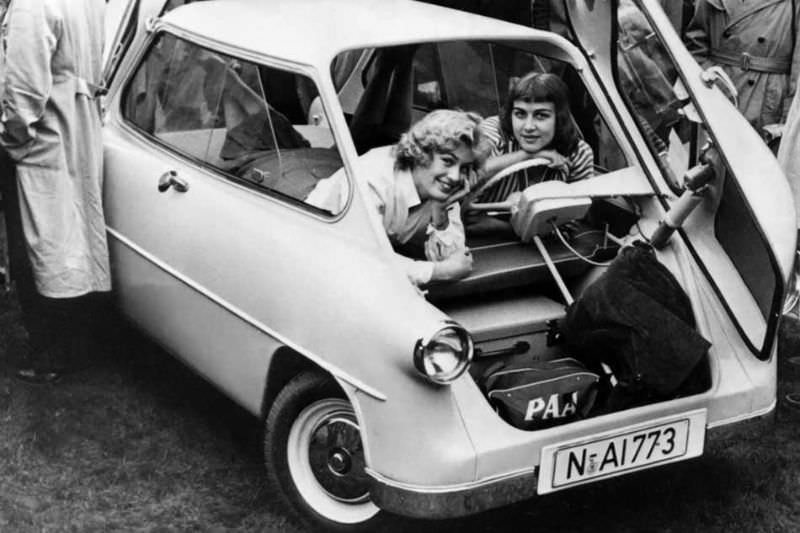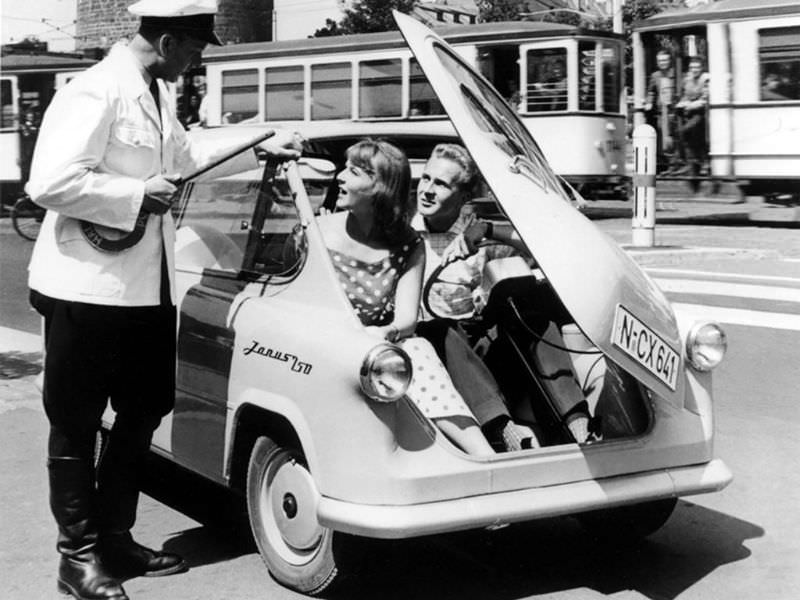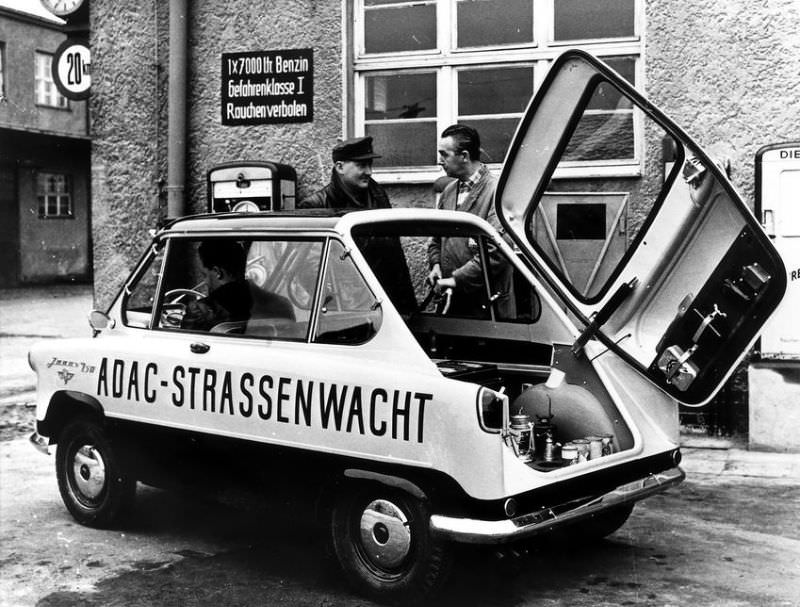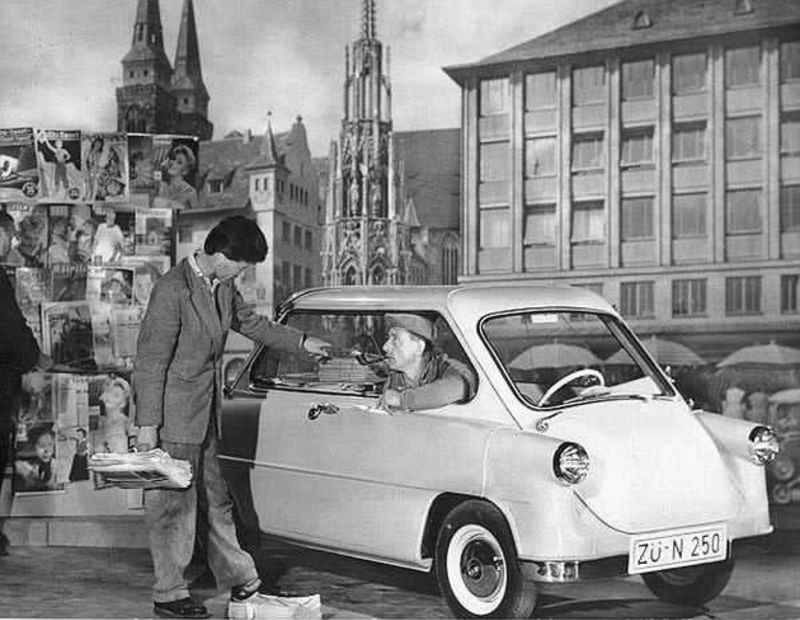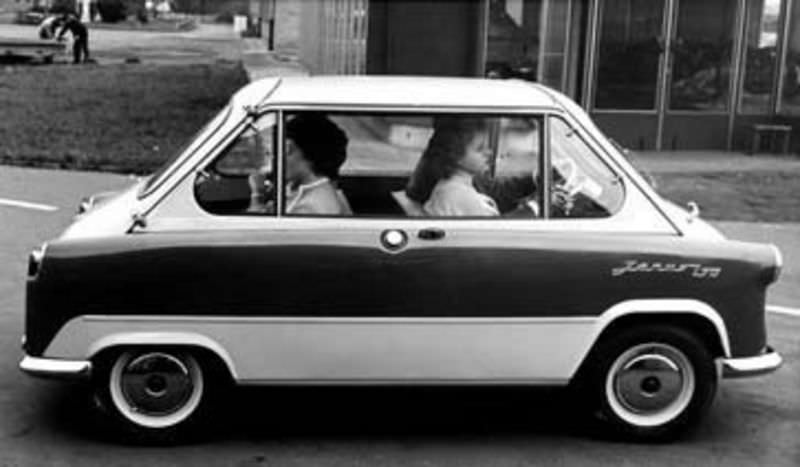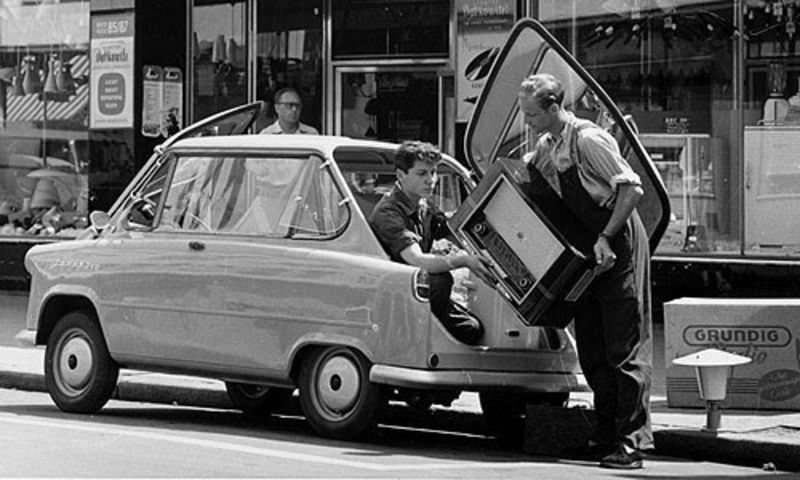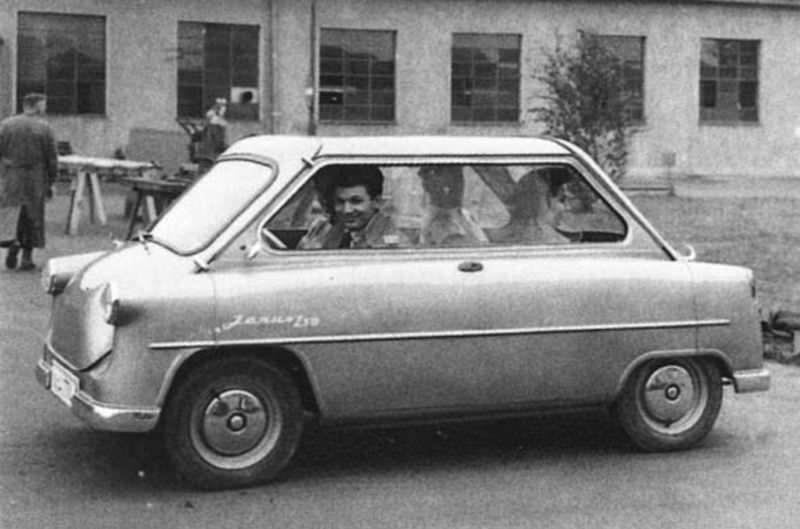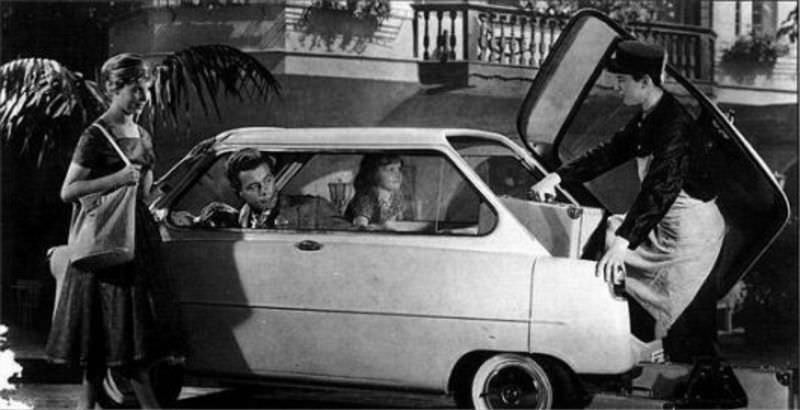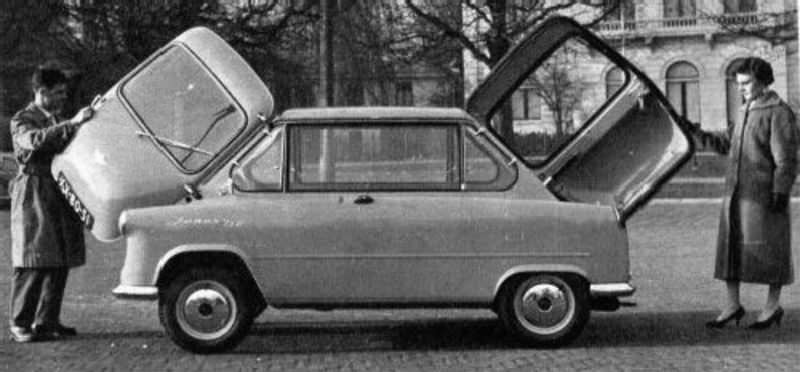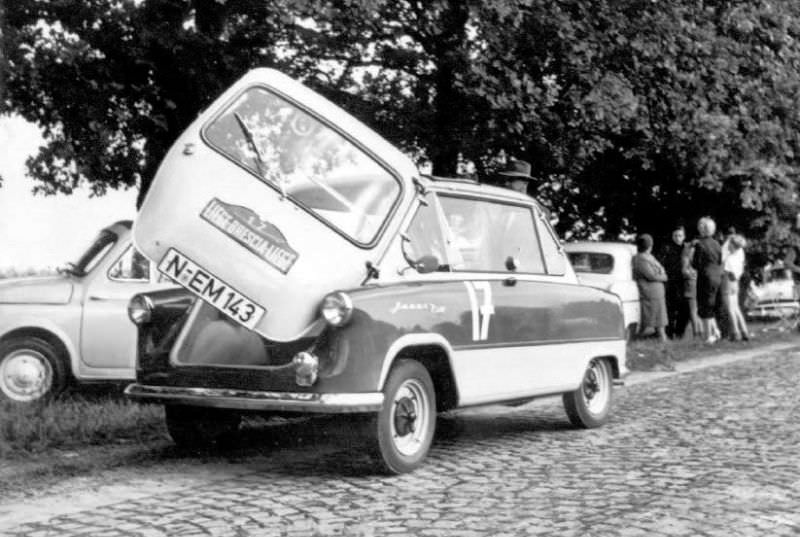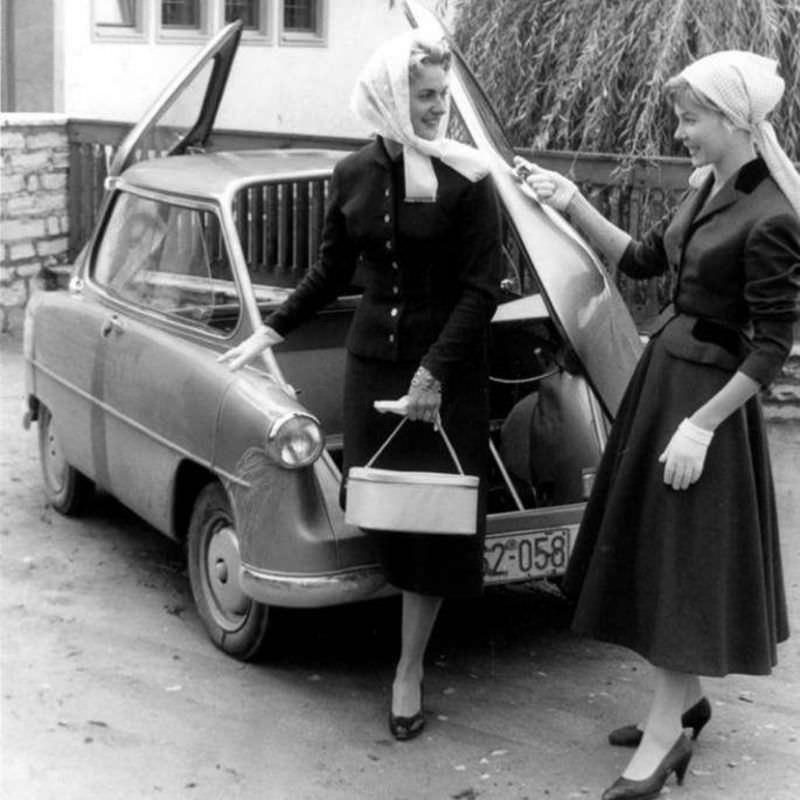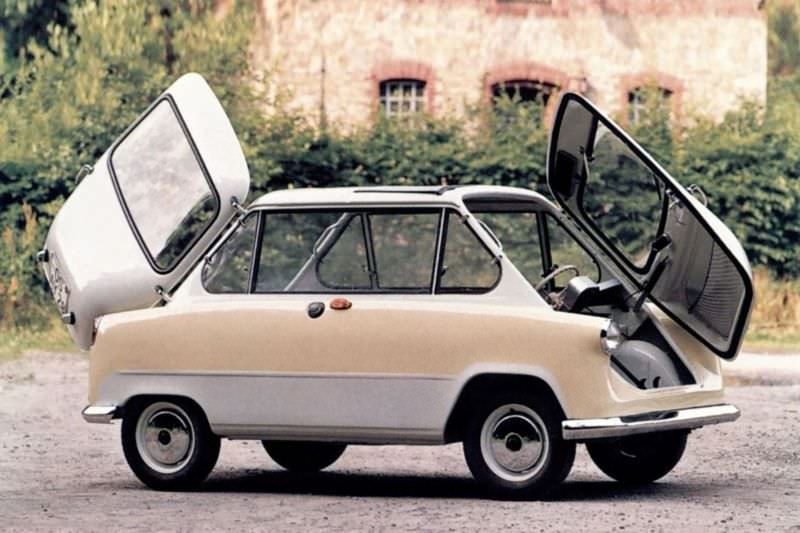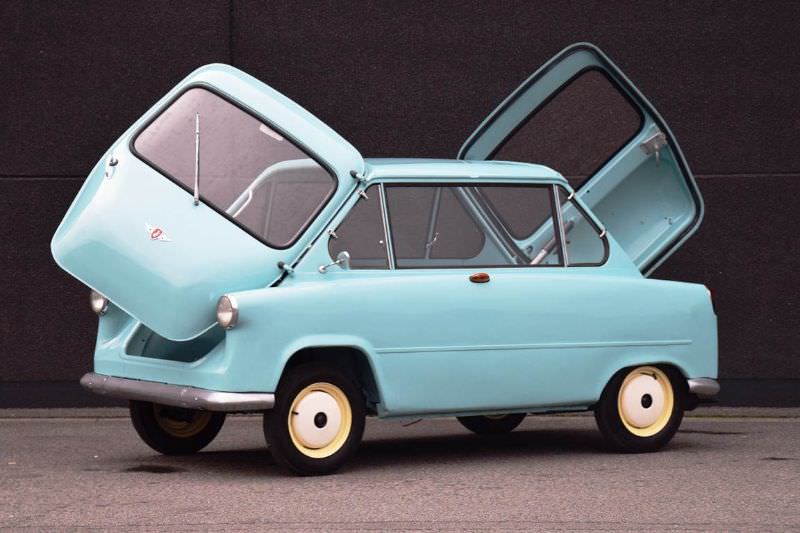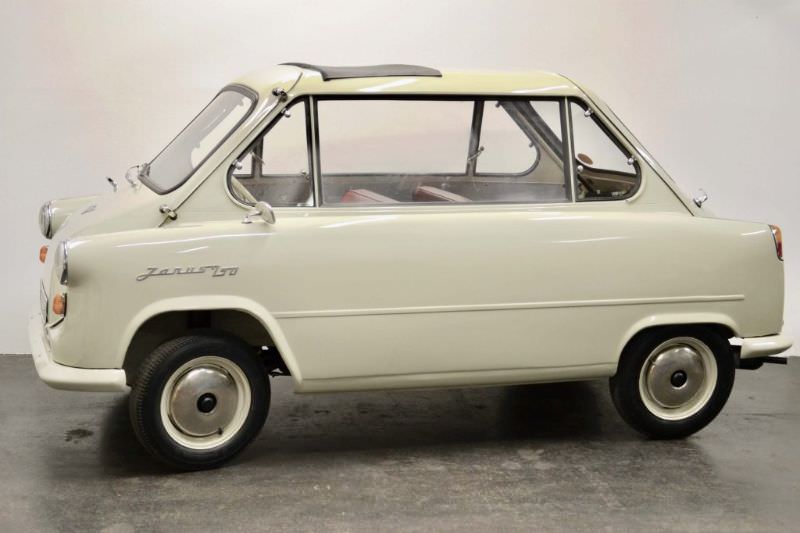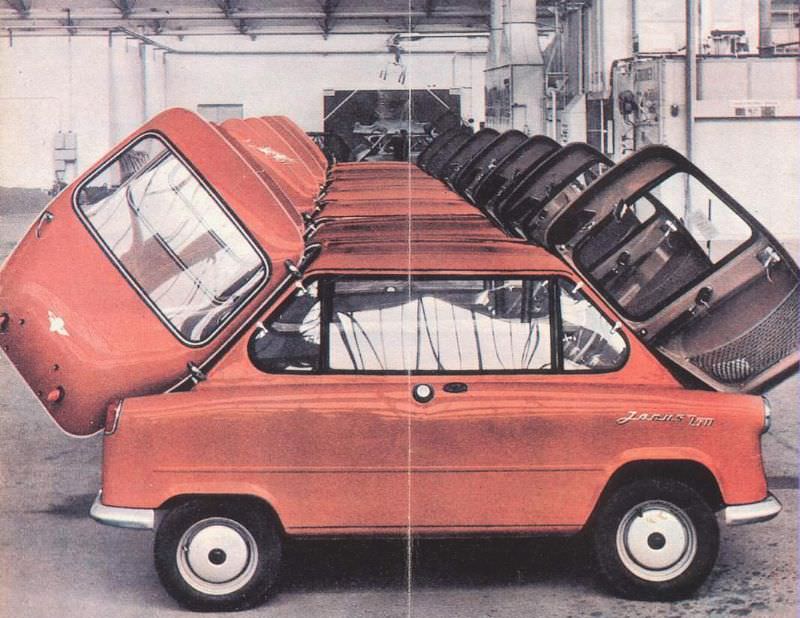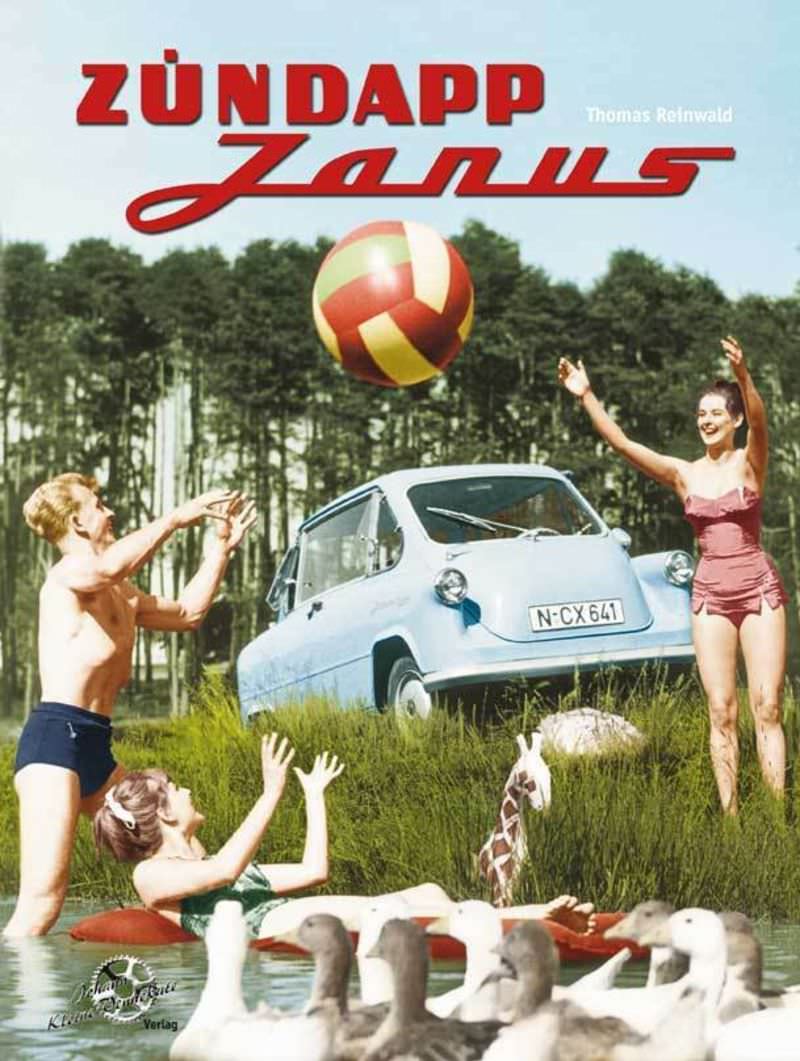In the realm of vintage automobiles, few are as captivating, or peculiar, as the Zündapp Janus microcar. Born out of the post-war era’s desire for practical and economical transportation, this German machine, produced by the renowned motorcycle manufacturer Zündapp, captures hearts with its quirky design and unique features.
Established in 1917, Zündapp initially specialized in producing detonators but gradually ventured into the motorcycle business in the 1920s. Their innovative designs saw significant success, and some models even found their way into the service of the German Wehrmacht. In a brief but memorable partnership with Ferdinand Porsche, they also contributed to the development of the Volkswagen prototype in 1931.
However, it was in the late 1950s that Zündapp would take a leap into the automobile sector, giving birth to their first and only car, the Janus.
A Unique Creation
The Zündapp Janus was not your average microcar. A product of the collaboration with aircraft designer Claude Dornier in 1954, it was initially named the Delta. But its unique design – a car with front and rear windshields, allowing passengers to face both ways – led to a change in its name. Borrowing from Roman mythology, it was christened the Janus, after the two-faced god who could look into the past and the future simultaneously.
In this microcar, the driver and the front passenger faced forward, while the rear passengers enjoyed a rearward view, looking onto the road already traversed. Entry was made through front and back doors, and the engine was conveniently positioned between the seats.
A Look Under the Hood
The Janus was powered by a modest 245cc one-cylinder, two-stroke engine, producing a humble 14 horsepower. This setup allowed for a top speed of 50 mph, which, mind you, was significantly reduced when the car was filled with three passengers and a driver.
Its 4-speed transmission, a 12-volt electrical system, and MacPherson strut suspension added to its appeal, but it was the optional extras that truly set it apart. These included a heater, a sunroof, and even the choice of a fake rear steering wheel. This bizarre addition was meant to lend the impression of a car that could be driven both ways.
Challenges and Downfall
Despite its innovative design, the Janus was not without its share of issues. Its center-mounted engine resulted in a highly variable center of gravity, especially when fully loaded. This led to some handling difficulties, particularly when turning. The car was also prone to water leakage and rusting around the quarter lights. Storage space was minimal, with mesh nets inside the doors being the only provision for luggage.
Further compounding these issues was its price point. The Janus was significantly more expensive than other microcars of the time, which ultimately led to the cessation of its production in 1958, after just under 7,000 units were sold.
Of those, only around 70 remain today, making the Zündapp Janus a prized possession among collectors. The microcar’s unique design and fascinating history have also led to its immortalization in pop culture. Pixar, the popular animation studio, introduced a character named Professor Zündapp, a blue Zündapp Janus, as a villain in their film, “Cars 2.”


